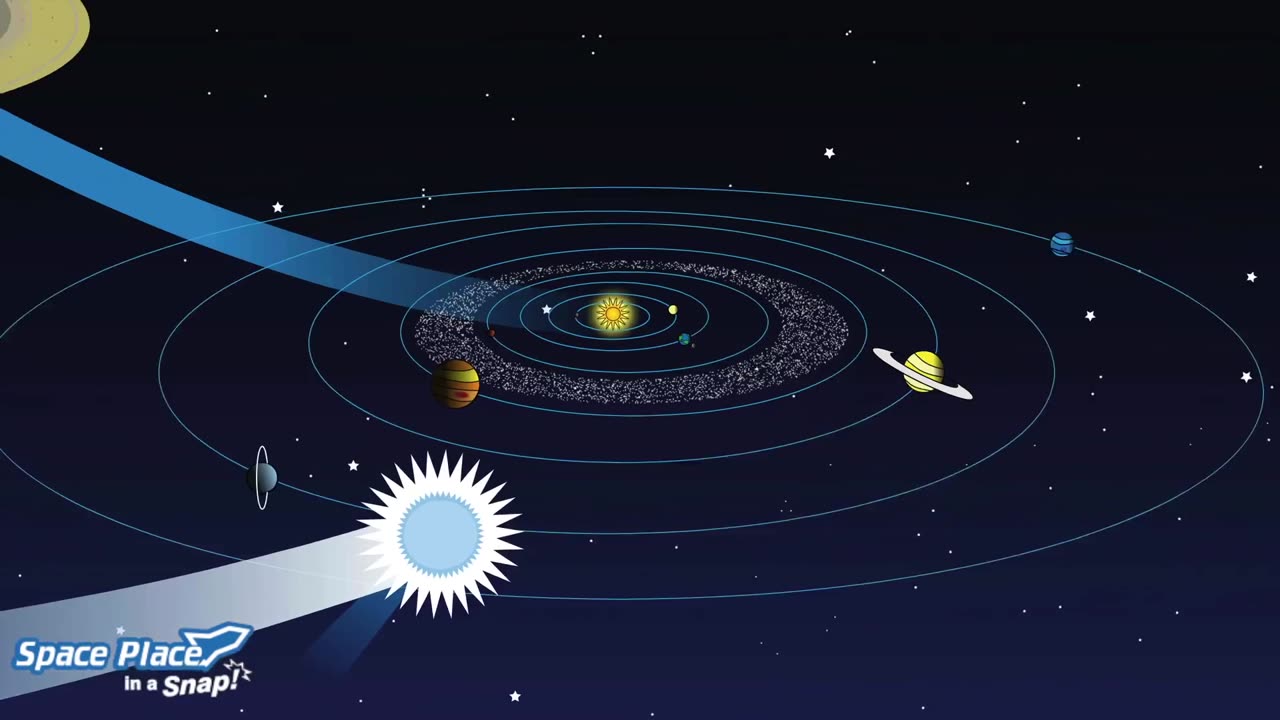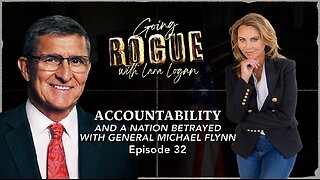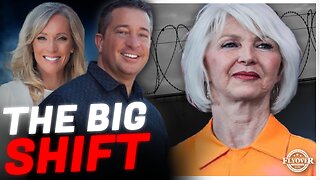Premium Only Content

How Did the Solar System Form?
The formation of our solar system is a complex process that scientists have studied and theorized about for many years. Here's a simplified description of how it is thought to have formed:
Solar Nebula: Approximately 4.6 billion years ago, our solar system began as a vast cloud of gas and dust in space known as a solar nebula. This nebula was composed mostly of hydrogen and helium, with trace amounts of other elements.
Gravitational Collapse: Some event, such as a nearby supernova explosion or sho
The formation of our solar system is a complex process that scientists have studied and theorized about for many years. Here's a simplified description of how it is thought to have formed:
Solar Nebula: Approximately 4.6 billion years ago, our solar system began as a vast cloud of gas and dust in space known as a solar nebula. This nebula was composed mostly of hydrogen and helium, with trace amounts of other elements.
Gravitational Collapse: Some event, such as a nearby supernova explosion or shockwave, triggered the gravitational collapse of the solar nebula. As the nebula contracted under the force of gravity, it began to spin and flatten into a rotating disk.
Protostar Formation: At the center of this spinning disk, a dense region formed, known as the protostar. This protostar grew hotter and more massive as it continued to attract material from the surrounding disk.
Planetesimal Formation: In the remaining part of the disk, smaller clumps of material, called planetesimals, began to form through a process of accretion. These planetesimals ranged in size from dust grains to larger bodies several kilometers in diameter.
Planet Formation: Over time, these planetesimals collided and merged, forming larger and larger bodies called protoplanets. These protoplanets continued to grow through collisions and gravitational attraction.
Clearing the Disk: As the protostar at the center of the disk grew into the Sun, it began to emit solar radiation. This radiation pressure cleared the remaining gas and dust from the disk, preventing further growth of planetesimals.
Formation of Planets: The protoplanets that survived this clearing process eventually became the planets we know today. Closest to the Sun, the terrestrial planets (Mercury, Venus, Earth, and Mars) formed from denser materials. Farther out, in the colder regions of the disk, the gas giants (Jupiter, Saturn, Uranus, and Neptune) formed from gas and ice.
Other Solar System Objects: In addition to planets, the solar system also contains other objects like asteroids, comets, and dwarf planets, which are remnants of the early solar nebula.
This process of solar system formation, known as the nebular hypothesis, is supported by various lines of evidence, including observations of other star-forming regions and the composition of celestial bodies within our solar system.
-
 2:07:34
2:07:34
Tim Pool
3 hours agoWill AI Destroy Humanity? Can Humans Escape AI Doomsday Debate | The Culture War With Tim Pool
73.8K33 -
 35:53
35:53
Lara Logan
10 hours agoACCOUNTABILITY AND A NATION BETRAYED | General Michael Flynn | Episode 32
6.31K4 -
 3:33
3:33
Michael Heaver
6 hours agoEngland Witnesses By-Election BOMBSHELL
4.7K2 -
 1:04:41
1:04:41
Steven Crowder
22 hours agoIslamic Love in America: Crowder Torches PBS's New Muslim Propaganda Documentary
219K157 -
 LIVE
LIVE
Barry Cunningham
6 hours agoBREAKING NEWS: PRESIDENT TRUMP ADDRESSES AMERICA FROM THE OVAL OFFICE!
2,748 watching -
 1:34:16
1:34:16
The Mel K Show
2 hours agoMORNINGS WITH MEL K - The Season Of Treason: America’s Future On the Ropes 8-22-25
21.4K6 -
 1:02:41
1:02:41
Flyover Conservatives
13 hours agoUpdate on Tina Peters in Prison - Matt Meck; The Big Shift You Must Make Before It’s Too Late - Clay Clark | FOC Show
23.3K -
 4:51:15
4:51:15
JuicyJohns
6 hours ago $0.32 earned🟢#1 REBIRTH PLAYER 10.2+ KD🟢
60.5K2 -
 32:24
32:24
Rethinking the Dollar
2 hours agoPowell Caves: The MAGA Wealth Effect Begins NOW! | Morning Check-In: Let's Talk...
17.8K3 -
 LIVE
LIVE
The Shannon Joy Show
18 hours ago🔥🔥 Shannon Joy’s Week in Review: August 22, 2025 🔥🔥
187 watching